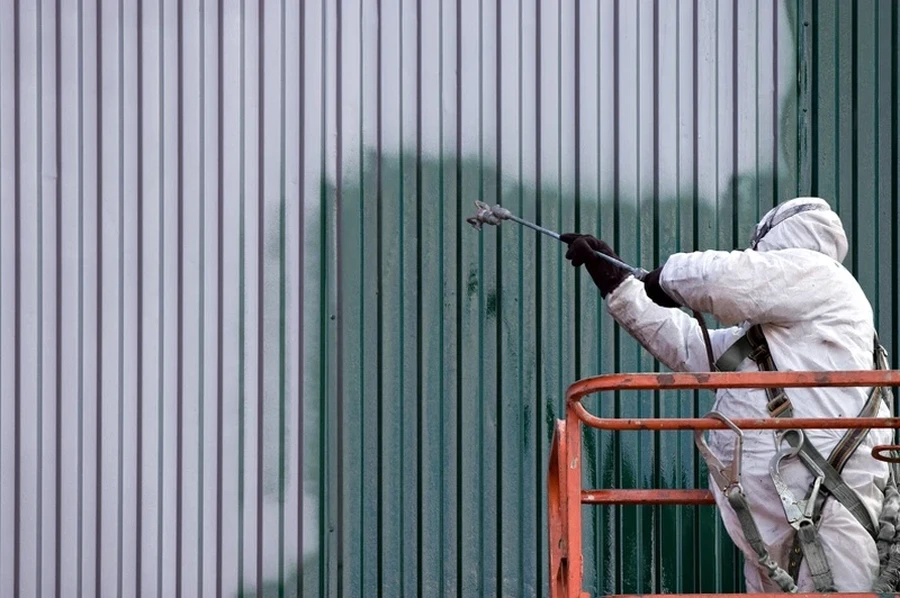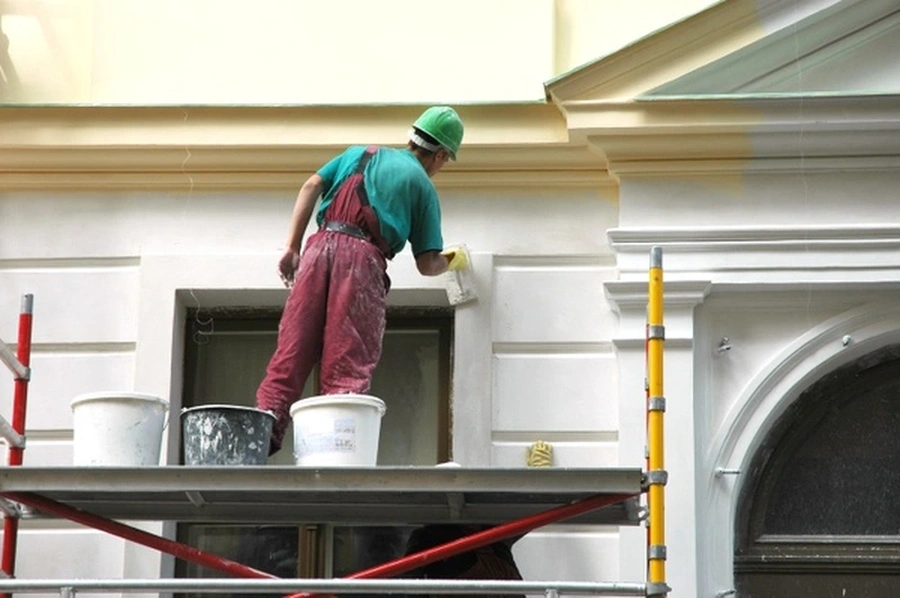Understanding the Impact of Climate on Paint Longevity
Exterior paint does more than just make a home look good. It acts as a protective shield against weather, helping to preserve the structure’s integrity. However, climate can significantly affect how well this coating performs over time. From freezing temperatures to intense sun exposure, various environmental factors play crucial roles in determining paint durability. By understanding how climate influences exterior paint durability, homeowners and businesses can make informed decisions to prolong their building’s aesthetic appeal and structural health.

The Role of Temperature Fluctuations
Temperature changes have a substantial impact on paint longevity. High heat can cause paint to expand, leading to cracks and peeling once it cools down. In colder climates, paints can become brittle and susceptible to cracking. Choosing the right type of paint for your specific climate is essential for maintaining its appearance and durability over time.
Humidity Levels and Their Effects
Humidity can also affect the lifespan of exterior paint. High humidity levels can lead to moisture retention within the wood or surface beneath the paint, causing it to bubble and peel. On the other hand, low humidity might cause the paint to dry too quickly, leading to uneven surfaces. It’s vital for those offering exterior painting services to consider local humidity conditions when selecting materials.

Impact of Rain and Snow
Rain and snow are major contributors to the wear and tear of exterior paint. Constant exposure to precipitation can wash away weaker paints or cause them to erode faster. If water seeps through cracks, it may lead to mold growth underneath the paint layer. Those providing exterior painting services should use water-resistant paints in regions with heavy rainfall or snowfall for better protection.
Sun Exposure and UV Damage
Ultraviolet (UV) rays from the sun can break down the chemical bonds in paints, causing colors to fade and surfaces to become chalky. This degradation process not only affects aesthetics but also reduces the protective qualities of the paint. Opting for UV-resistant paints can help combat these effects and prolong the life of painted surfaces exposed to strong sunlight.
Choosing the Right Paint Type
Selecting the appropriate type of paint is crucial for maximizing durability under specific climate conditions. For instance, acrylic latex paints offer flexibility and resistance in fluctuating temperatures, while oil-based paints provide a durable finish perfect for areas prone to moisture exposure. A professional assessment can ensure you choose paints that perform optimally where you live.
Maintenance Tips for Long-Lasting Results
Regular maintenance is key to extending the life of exterior paint. Here are some practical tips:
- Inspect painted surfaces annually for signs of damage or wear
- Clean surfaces gently with soap and water to remove dirt and mildew
- Repaint every 5-7 years depending on climate and paint type used
- Seal cracks promptly to prevent water intrusion
Final Words on Ensuring Lasting Quality
When dealing with exterior paint, understanding how climate influences its durability is paramount for achieving long-lasting results. Investing in quality materials suited for your environment and following proper maintenance practices will keep your property looking vibrant and protected for years to come. If you’re located in Panama City, FL and require assistance, our team at Ace Pressure Cleaning & Painting Inc is here to help. Call us today at (850) 814-2622 for expert guidance tailored to your needs.